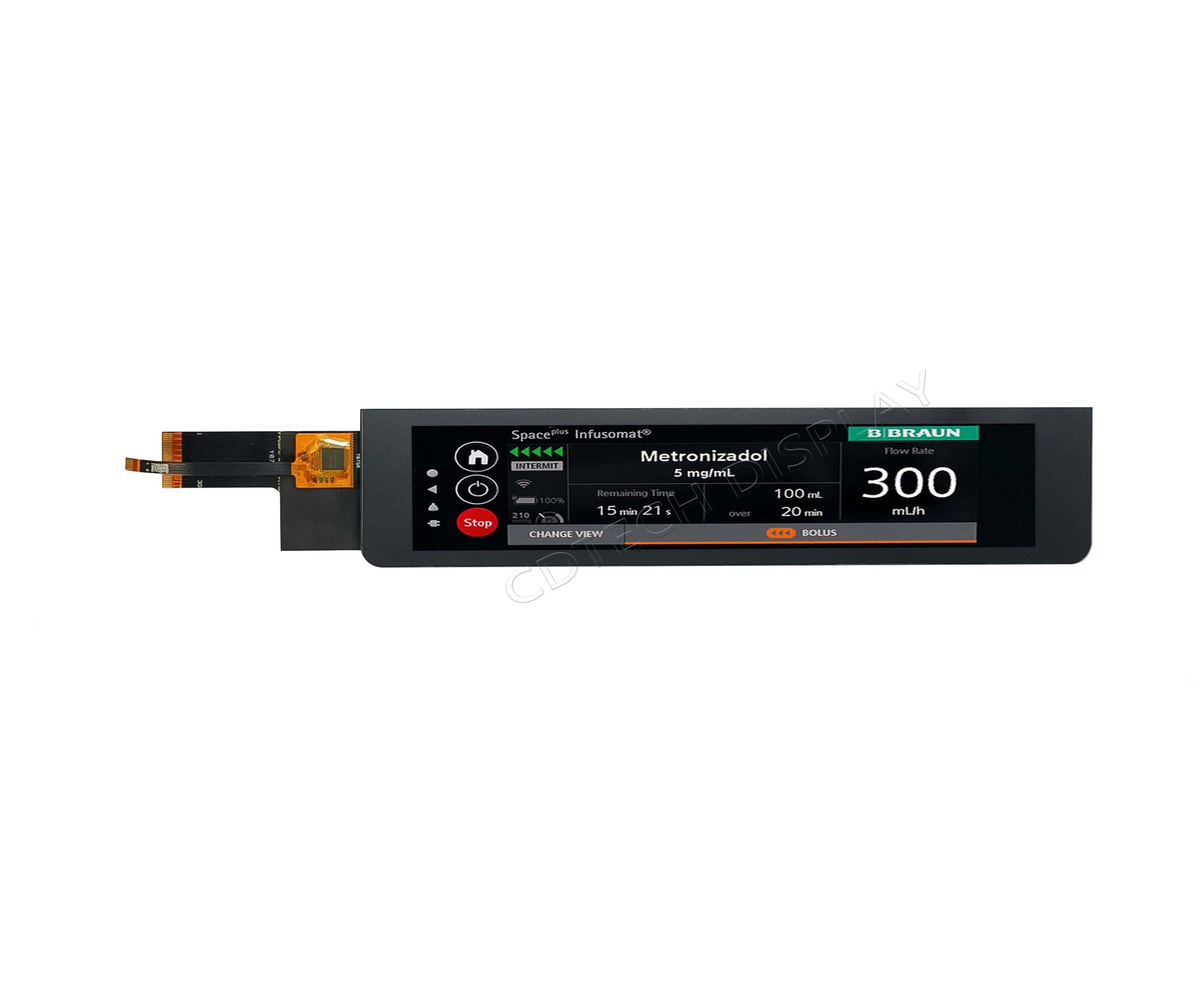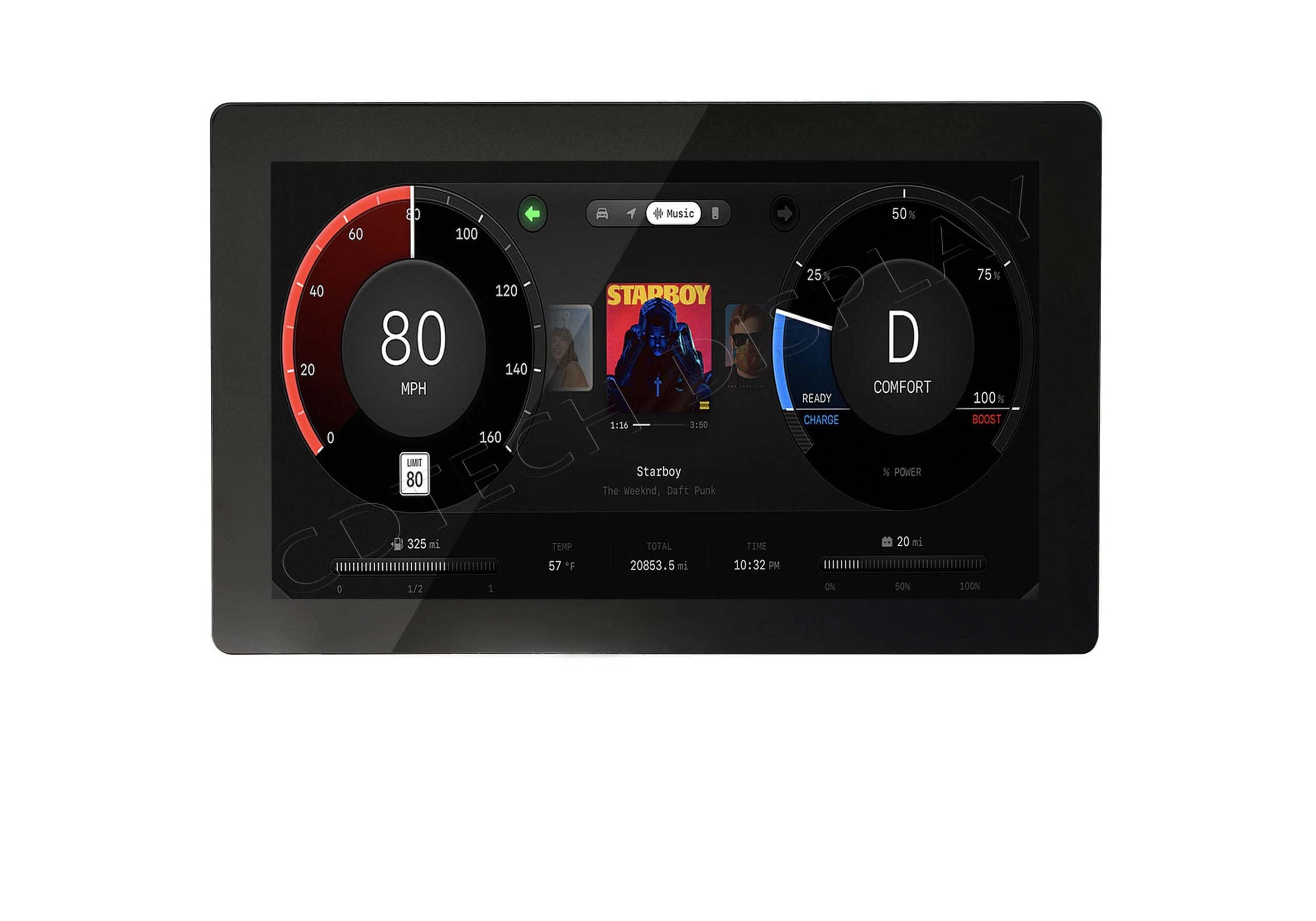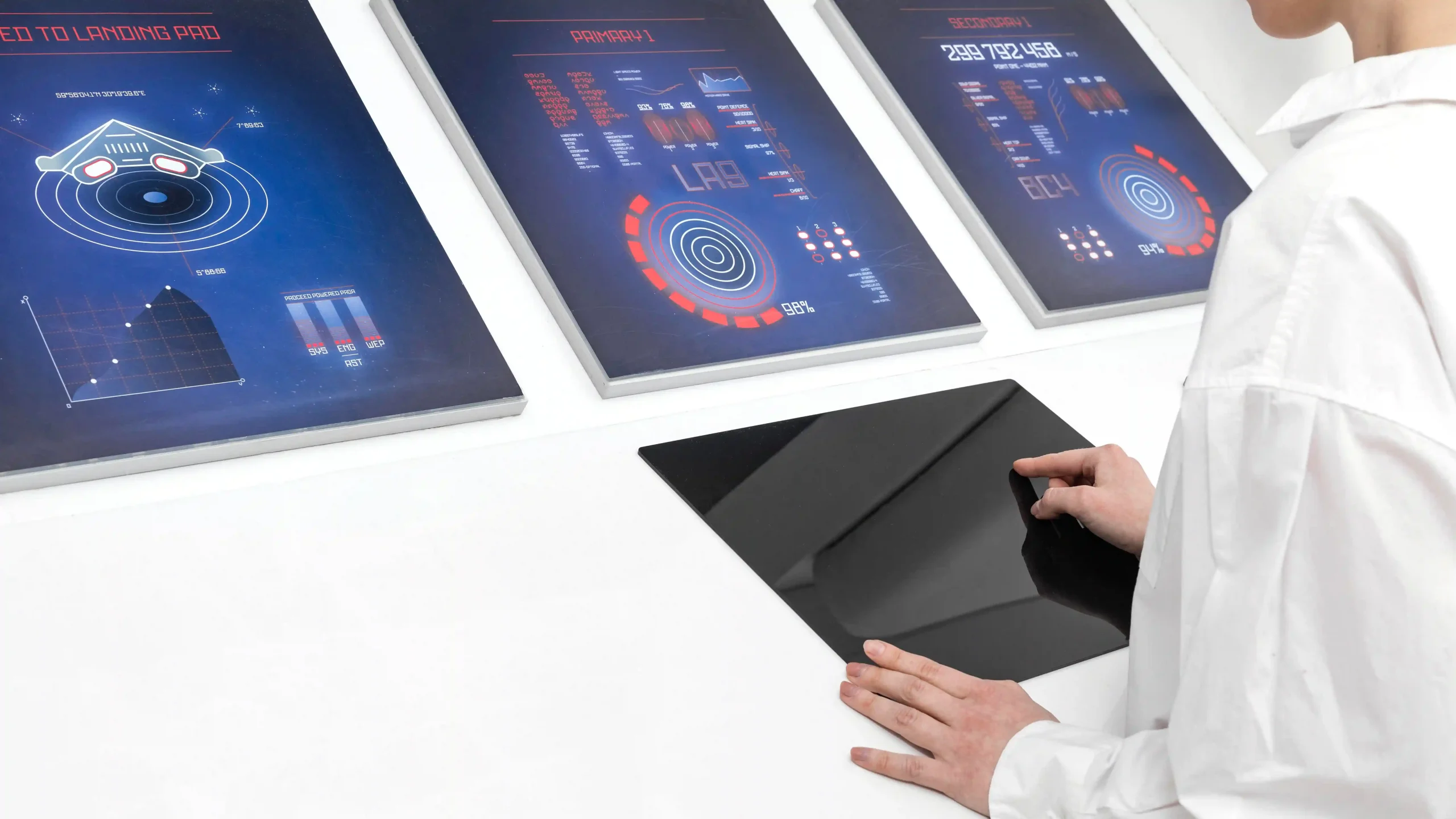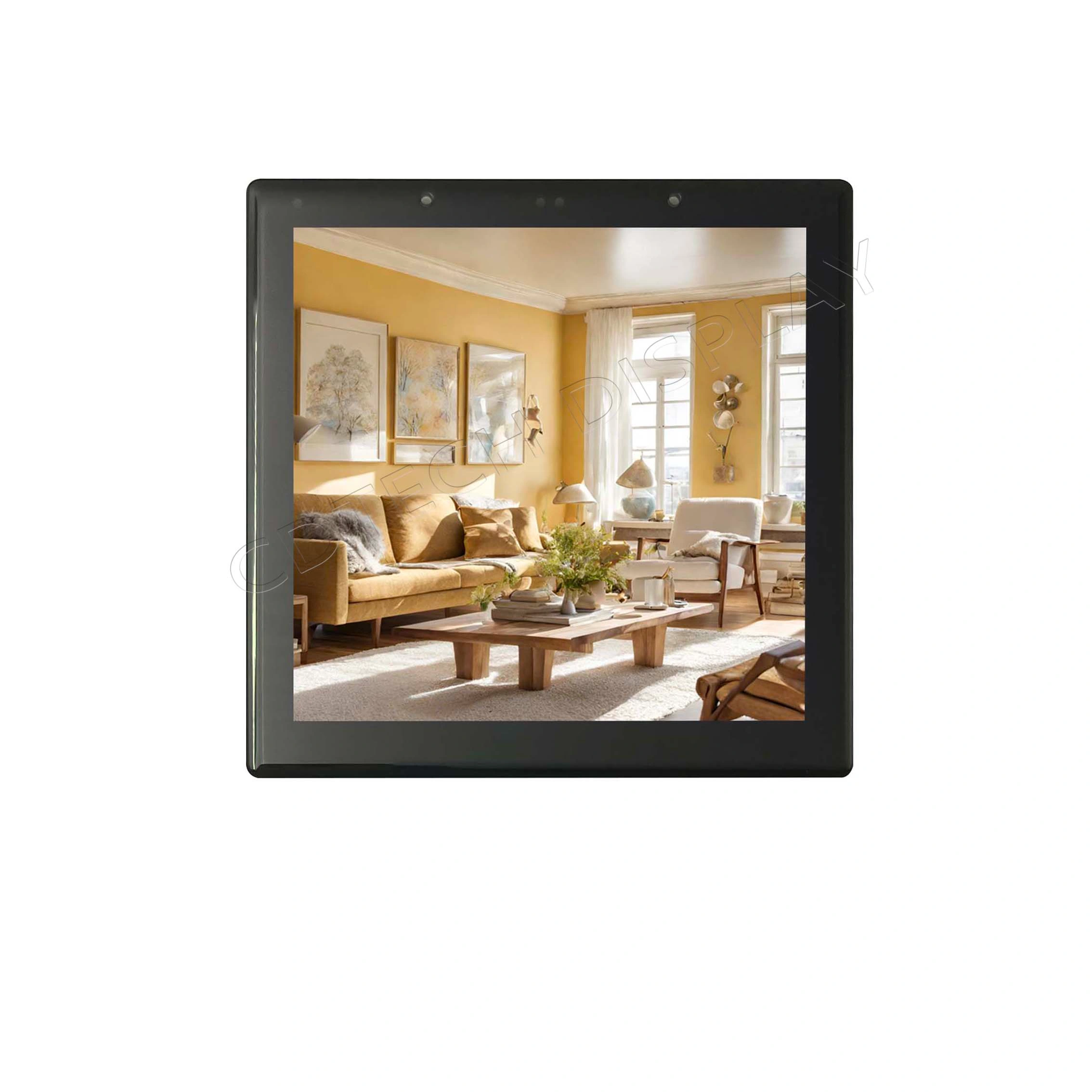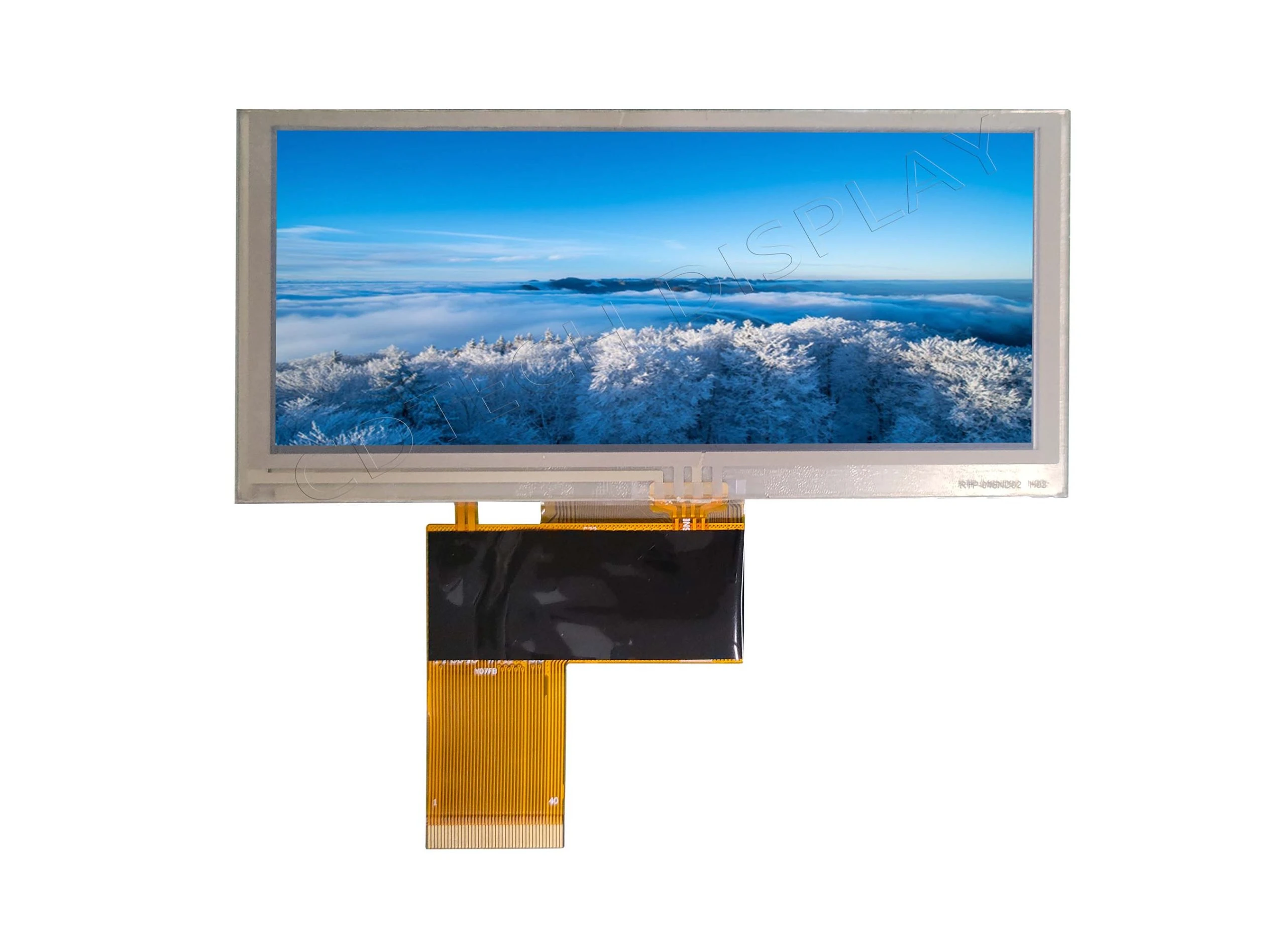How OCA Enhances Display and Touchscreen Quality
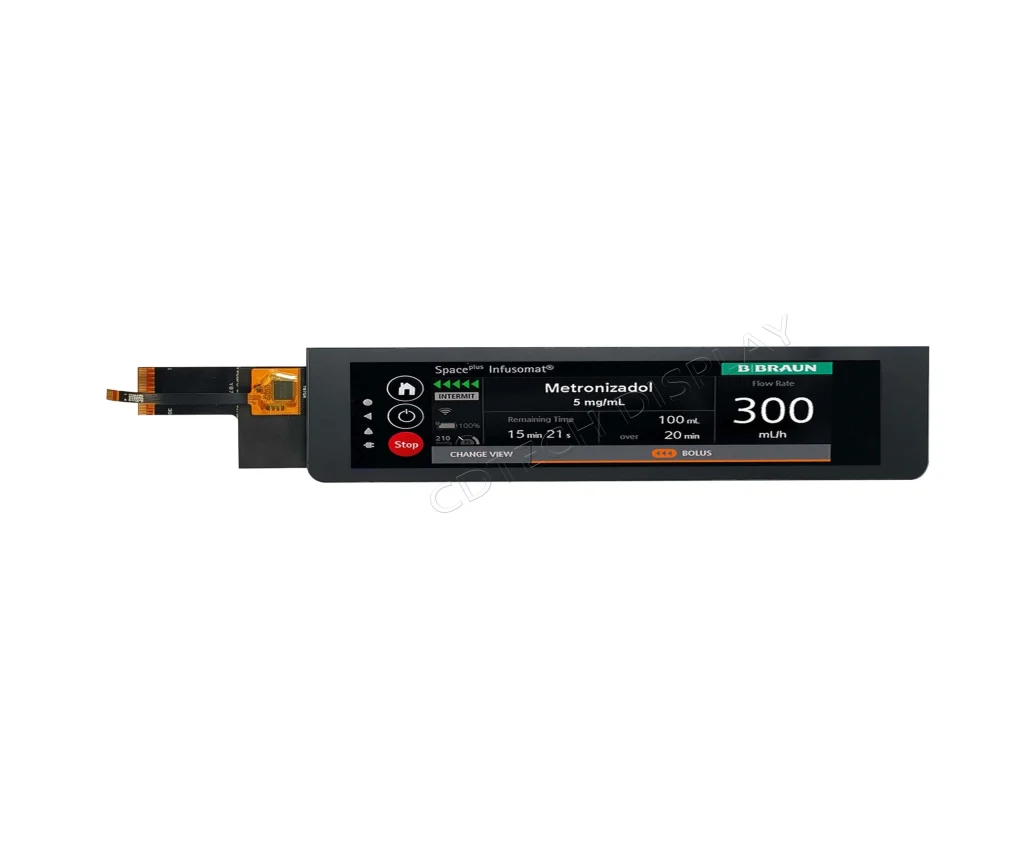
What is OCA and Its Role in Displays?
Definition and Composition of OCA
OCA, or Optically Clear Adhesive, is a specialized adhesive material primarily used in display technologies. It is characterized by its high transparency and optical clarity, making it an essential component in the assembly of various electronic displays. The composition of OCA typically includes acrylic or silicone-based adhesives that are engineered to bond layers within a display module without compromising visibility or performance. These adhesives are designed to remain clear and stable over time, ensuring that they do not degrade or yellow under prolonged exposure to light or heat.
At CDTech, products like the CDTech OCA Series 500 are formulated to meet the rigorous demands of modern screen technologies. This series exemplifies advanced adhesive properties with enhanced clarity and durability, suitable for high-resolution displays.
Why OCA is Essential for Modern Screens
Today’s screens—like those in phones, tablets, car dashboards, and industrial touch panels—need OCA to keep their look and work quality high. OCA does more than just stick things together. It’s a vital layer that boosts how well the display works. It fills tiny spaces between parts like glass, touch sensors, and LCDs or OLEDs. This gets rid of air pockets that might bend or twist light.
Take the CDTech OptiBond 700 series as an example. It shows how high-quality OCA blends smoothly into super-thin screen setups. It keeps strength and clear visuals intact. This makes it a must for slim designs in gadgets.
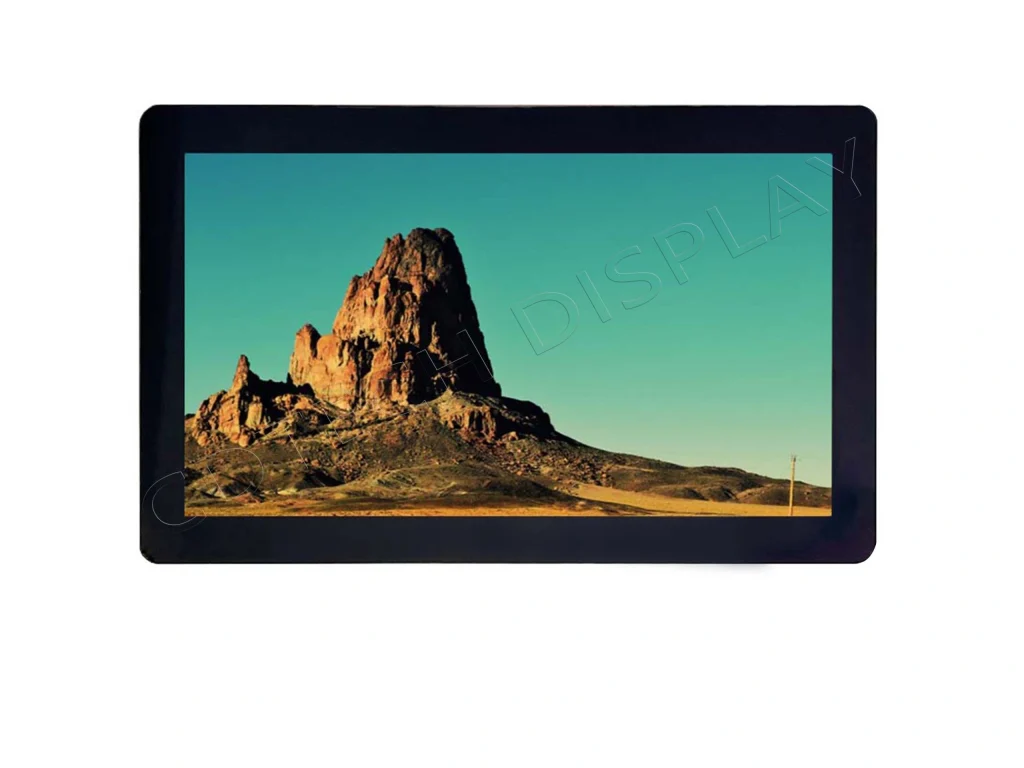
How Does OCA Improve Visual Performance?
Enhancing Display Clarity with OCA
A big perk of optically clear adhesive is how it sharpens screen clarity. It joins different screen layers into one solid piece. This lets light pass through without scattering or warping. Crisper pictures and brighter colors. This is key for devices where clear visuals matter most.
De CDTech Ultra Clear 900 series is built for jobs needing top-notch clarity. Its low-haze mix cuts down on light interference. At the same time, it offers strong sticking power.
Reducing Light Reflection and Glare
OCA also helps cut down light reflection and glare in displays. Air gaps between screen layers can cause reflections inside. These hurt image quality and add glare in bright light. OCA fixes this by bonding layers with no gaps. This makes screens easier to read in all kinds of light.
Items like the CDTech Anti-Glare Bonding Solution add special anti-reflective traits to their glue mix. This boosts readability. It also makes screens more comfy to use for a long time.
How Does OCA Impact Touchscreen Functionality?
Improving Touch Sensitivity and Accuracy
Touchscreens are everywhere now—from gadgets to car controls. Optically clear adhesive is crucial for keeping touch sensitivity and accuracy on point. It builds a smooth link between the touch sensor and display panel. This cuts signal loss and ensures exact touch reactions.
The CDTech Touch Max 800 series, for instance, is made to lift touchscreen performance. It holds steady under different weather conditions. Its clear nature keeps visuals sharp while improving touch ability.
Durability Benefits for Touchscreens
OCA doesn’t just help with clarity and sensitivity. It also adds a lot to touchscreen toughness. It gives solid support by locking layers tight together. This lowers the chance of layers splitting apart over time. Plus, it stands up to things like UV rays, temperature shifts, and dampness. This helps gadgets last longer.
The CDTech Durabond 600 series shows this toughness well. It resists yellowing and wear even in harsh settings. That makes it perfect for outdoor screens or devices in tough spots.
By using smart fixes like Cdtech’s in screen-making, companies can get top results. They meet the growing needs of tech users today.
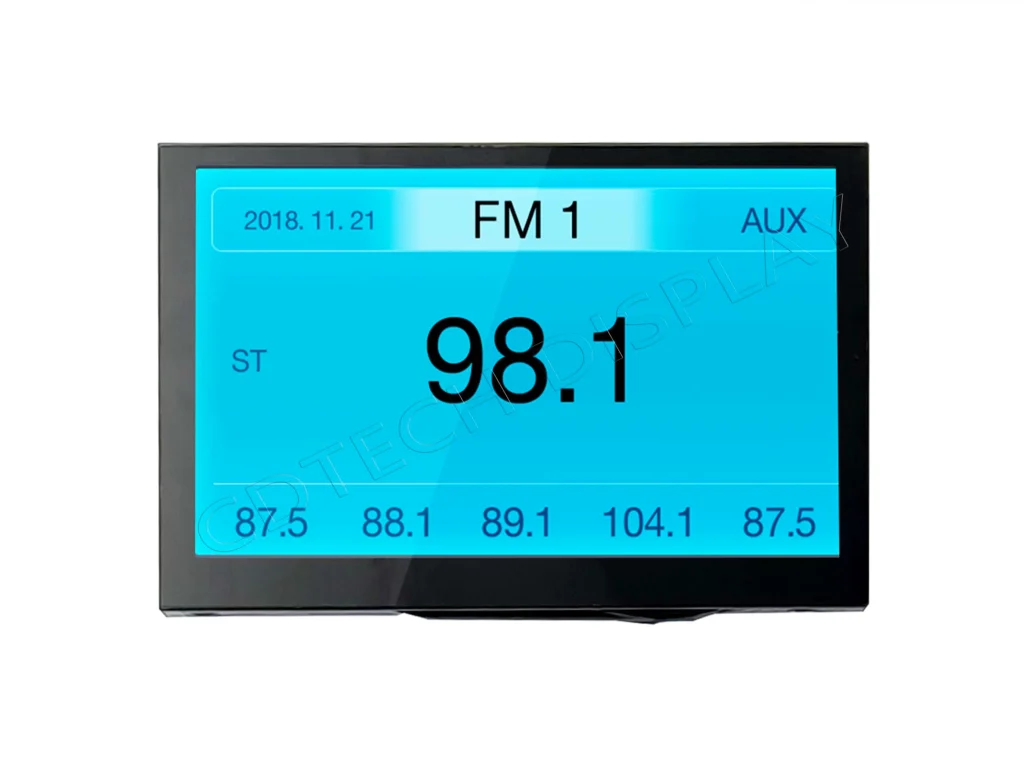
What Are the Applications of OCA in Technology?
Usage in Smartphones and Tablets
OCA, or Optically Clear Adhesive, is a big deal in boosting how smartphones and tablets work and last. These gadgets need sharp, high-resolution screens with great touch response. OCA is a must-have in putting them together. It sticks parts like cover glass, touch sensors, and display panels into one unit. This leaves no air gaps behind.
The CDTech Ultra Clear 900 series is made just for this. Its low-haze mix cuts light scatter while keeping a stronghold. Users get vivid colors and clear images on their screens. Plus, it handles long heat and light exposure without yellowing or breaking down. This fits modern mobile gear perfectly.
Touch sensitivity matters a ton for phones and tablets too. OCA like the CDTech Touch Max 800 series is shaped to improve touchscreen action. It builds a solid link between the touch sensor and display. This cuts signal loss and speeds up response. Its high clarity keeps visuals top-notch too.
Durability is just as key for devices used daily. The CDTech Durabond 600 series shines here. It fights off UV rays, temperature changes, and moisture. This keeps phones and tablets going strong over time.
Applications in Automotive Displays
The car world is leaning more on advanced screens to lift user experience and car features. From infotainment setups to digital dashboards and heads-up displays (HUDs), OCA is vital. It ensures these screens hit tough performance marks.
Car screens need to work well in all kinds of conditions—like extreme heat or bright sun. OCA like the CDTech Anti-Glare Bonding Solution tackles these issues. It weaves in anti-reflective traits into its glue mix. This cuts glare and reflection. It keeps screens clear even in strong light, making driving safer and easier.
OCA also boosts the build strength of car screens by sticking layers tight. The CDTech OptiBond 700 series fits right into super-thin setups common in new cars. Its top-grade glue traits ensure lasting stability and clear visuals.
Plus, car screens often use touch controls for users. The CDTech Touch Max 800 series brings great touch sensitivity and accuracy. It wipes out air gaps between layers. This gives a smooth experience while staying tough against heavy use.
FAQ
Q: What is OCA used for?
A: OCA is mainly used in display tech to stick screen layers together. It keeps optical clarity and performance intact. It wipes out air gaps that might bend or warp light, lifting visual quality.
Q: Why is OCA essential for smartphones?
A: Smartphones need sharp screens with great clarity and touch response. OCA blends screen layers smoothly. It also keeps them tough under daily use.
Q: How does OCA benefit automotive displays?
A: In cars, OCA boosts visibility by cutting glare and reflection. It offers strong sticking power in harsh conditions too.
Q: Which CDTech products are recommended for OCA applications?
A:
CDTech UltraClear 900: Perfect for high-resolution phone screens.
CDTech Anti-Glare Bonding Solution: Built for car displays with anti-reflective traits.
CDTech TouchMax 800: Lifts touchscreen sensitivity across devices.
By tapping into smart fixes like CDTech’s, makers can hit top performance in all kinds of tech uses. They keep up with what today’s users want.

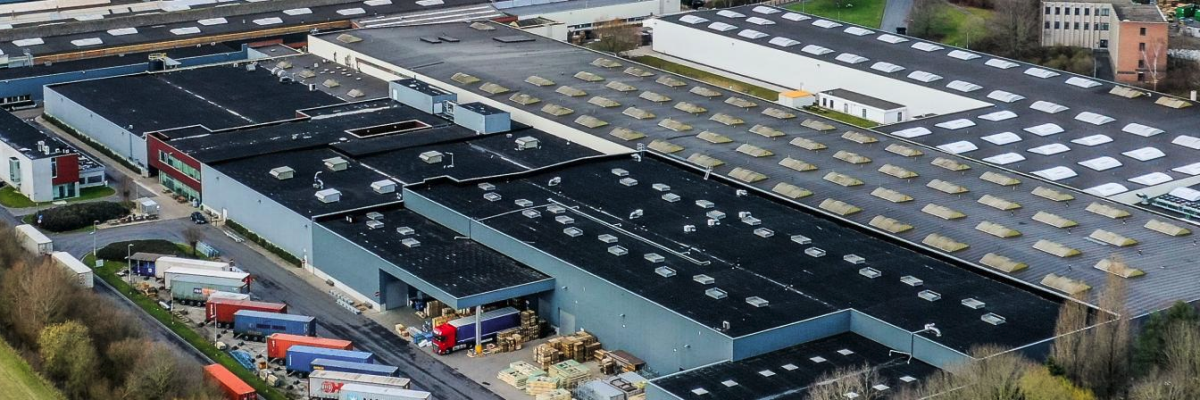
 2025-04-17
2025-04-17  11:50
11:50 